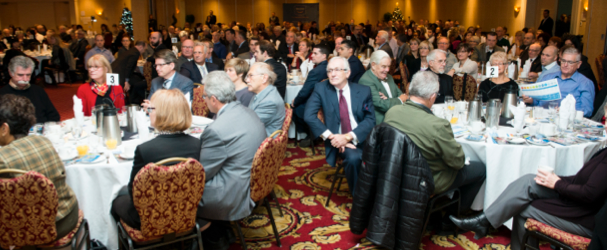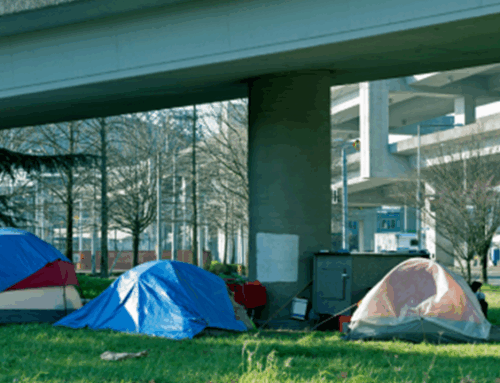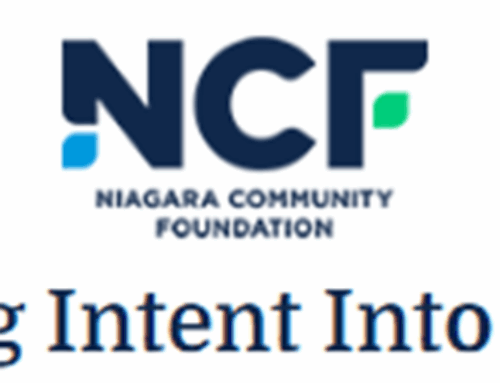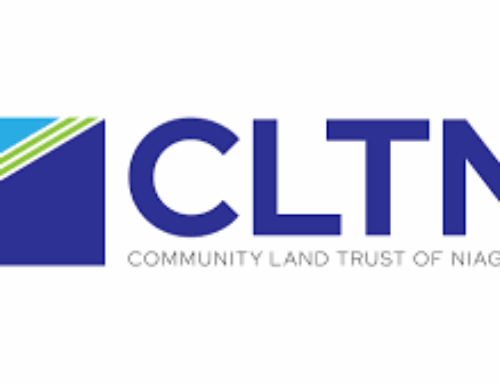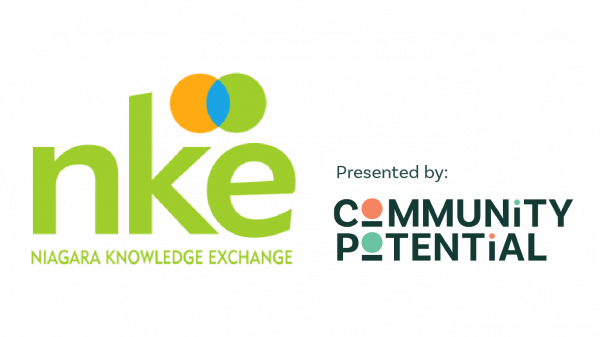Presented to an audience of over 450 people attending the Niagara Community Foundation annual Leaders Breakfast, the Living in Niagara-2014 report marks the third time since 2008 that the Niagara-wide community has built a triennial ‘snapshot’ to describe and measure socio-economic quality of life in Niagara. The report reflects the collaborative work of dozens of people and their collective desire to gather relevant, reliable information that supports evidence-informed planning for a stronger future for Niagara.
The Living in Niagara report, its 12 Sectors, and its companion tool, the Niagara Knowledge Exchange (NKE) are described, built and owned by the Niagara-wide community, and produced by Niagara Connects. The process of building the report weaves networks among diverse partners in Niagara. They work together to intentionally gather, share and record data and information, which is combined with the knowledge of expert opinion leaders working in each of the Sectors to rate “how Niagara is doing” in 2014 in that Sector. These people also create Suggested Action Steps that the community can take, to improve quality of life for the people of Niagara.
“The Living in Niagara report and Niagara Knowledge Exchange are valuable tools for anyone planning in the Niagara context”, says Liz Palmieri, executive director of the Niagara Community Foundation. “Indicators cited in the Living in Niagara report help to guide our community foundation grants, as grant applicants cite ways their project will address issues and indicators from the report.”
The Living in Niagara report is an authentic combination of data and first-hand knowledge, gathered by Niagara community partners. Sectors that stand out in this third edition of the report are Housing and Shelter, Transportation and Mobility, Economic Development, Poverty and Prosperity, Work and Employment, and Health and Wellness.
Overall opportunities for action emerging from the report include increasing cross-sectoral data-sharing and knowledge exchange for predictive intelligence; gathering information to understand and address quality of jobs and underemployment in Niagara; viewing poverty as a complex entity requiring systematic solutions to address root causes; and strengthening Niagara citizens’ awareness about practical steps they can take to deal with effects of climate change in the Niagara context.
Below are main themes from the Living in Niagara-2014 report, one each from the 12 Living in Niagara Sectors, across a total of 57 Suggested Action Steps:
- Arts Culture and Heritage in Niagara – Build upon the knowledge gathered for the Niagara Culture Plan that shows the $595.2 million economic impact of Arts and Culture in Niagara.
- Belonging, Volunteering, Giving and Leadership in Niagara – Keep building momentum to engage people of all ages in Niagara to ensure a more inclusive society.
- Crime, Safety and Security in Niagara – Strengthen our understanding of how crimes, crime rates, and incidence of child abuse and domestic violence in Niagara relate to poverty and its root causes, homelessness, and overall economic conditions.
- Economic Development, Poverty and Prosperity in Niagara – Strengthen our understanding of shared value between business, economic development and for-social-profit players in Niagara, to inform a contemporary, collective approach to socio-economic planning
- (The) Environment in Niagara – Increase Niagara’s resiliency in the face of effects of climate change by engaging citizens in practical actions they can take to conserve water and energy, protect water quality, and contribute to biodiversity.
- Health and Wellness in Niagara – Focus on system level changes to delivery of health care.
- Housing and Shelter in Niagara – Support implementation of the Niagara Region Housing and Homelessness Action Plan.
- Learning and Education in Niagara – Continue to illuminate the impact of mental illness on learning for students in Niagara
- People Getting Started in Niagara – Advocate to maintain adequate child care funding to ensure the Niagara-wide community is not impacted by a necessity for waitlists for subsidized child care.
- Recreation and Sports in Niagara – Gather comprehensive evidence on the current and potential economic impact of sport tourism for Niagara.
- Transportation and Mobility in Niagara – Increase our knowledge about how students, tourists, and people going to work utilize transit in Niagara, as important context for transit’s value to the region.
- Work and Employment in Niagara – Deepen our understanding about the quality of jobs available in Niagara, and how that relates to underemployment of our people and the strength of our economy.
With access to this powerful information tool, what will you do? Will you refer to it to plan community action, business development, or maybe to write proposals and grant applications? Will you use it for research, or to help your own students or stakeholders learn more about life in Niagara and local issues?
Let us know how you will use the Living in Niagara-2014 report to strengthen your work and improve quality of life in Niagara.
Mary Wiley
Executive Director
ed@niagaraconnects.ca

